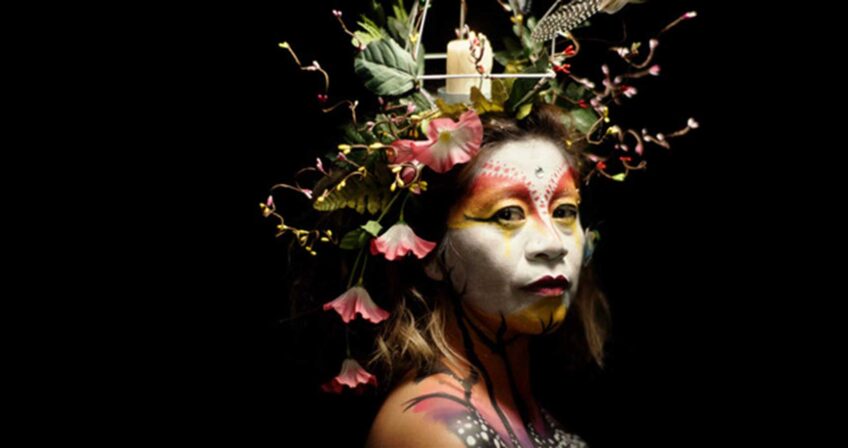Augmented reality and the arts merge in Cambridge dance performance

Contemporary dance collective The Click debuts an augmented reality (AR) dance experience in Kendall Square this weekend. “Emotive Land” explores the need for and possibility of harmony be-tween art, culture, innovation and nature in site-specific dance pieces dually projected virtually on an app and performed in person.
The AR portion of the performance will be available via The Click’s free app (downloadable from their website and most big app stores) through Nov. 30. The performances are free to experience this way. On Oct. 1 at 1 p.m., The Click will also host a free one-hour in-person performance to supplement these pieces. Audience members will be led on a tour of the Kendall Square area, where they’ll encounter both virtual and live dancers interacting with the landscape.

Kristin Wagner, Alexandria Nunweiler, Angelina Benitez, Rachel Linsky. PHOTO: OLIVIA MOON PHOTOGRAPHY
The Click founding members Kristin Wagner and Lonnie Stanton conceived and created the project, with app development by James Peerless. Stanton choreographed the pieces and used her native Hawaiian heritage as a lens for a more beneficial relationship between art, technology and the earth.
“As somebody that grew up in a rural area, as somebody that has experienced wildfires and the challenges of the climate crisis, I do have a lot of anger that I’m trying to figure out how to play with in this project,” says Stanton. “I’m trying to highlight the weeds that are left. Not necessarily the lovely, curated landscaping that’s in this area, as it’s shifting quickly.”
“Emotive Land” presents an interesting dynamic. Kendall Square is the hub of technology and innovation in Cambridge, but those fields often come at a high cost to both the land around us and our own attention span and well-being. This project illustrates how technology can be paired with an art form in a productive way, pointing out environmental areas that need attention.
“What was most exciting about the virtual side is that I could have the dancers in the videos … live in different ways and defy gravity and not live by the rules that we would have to follow in site-specific dance,” says Stanton. She has placed the AR pieces in areas that highlight degrading environmental conditions. For example, one dancer’s performance is seen on the brick wall of a neglected power plant, another on receding wetlands.
Stanton hopes that the project will open audience members’ eyes to the ecology around them. Technology is beneficial and exciting, but it needs to be balanced with the environment it lives in.
“I find that the resilience of the weeds growing out of the cement, and the vines getting tangled up with old fencing, I find that really beautiful,” says Stanton. “I think an element of hope is important.”







